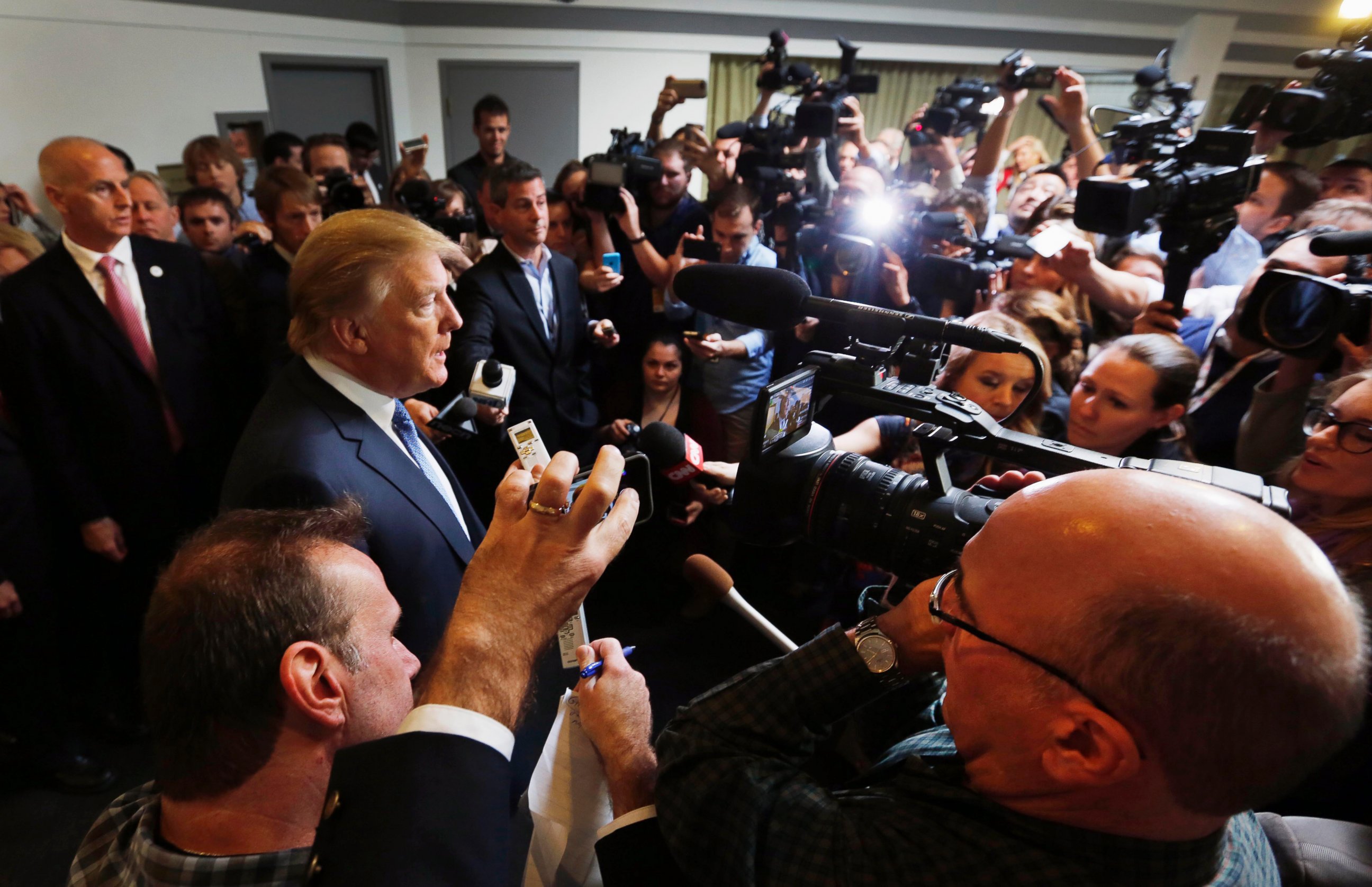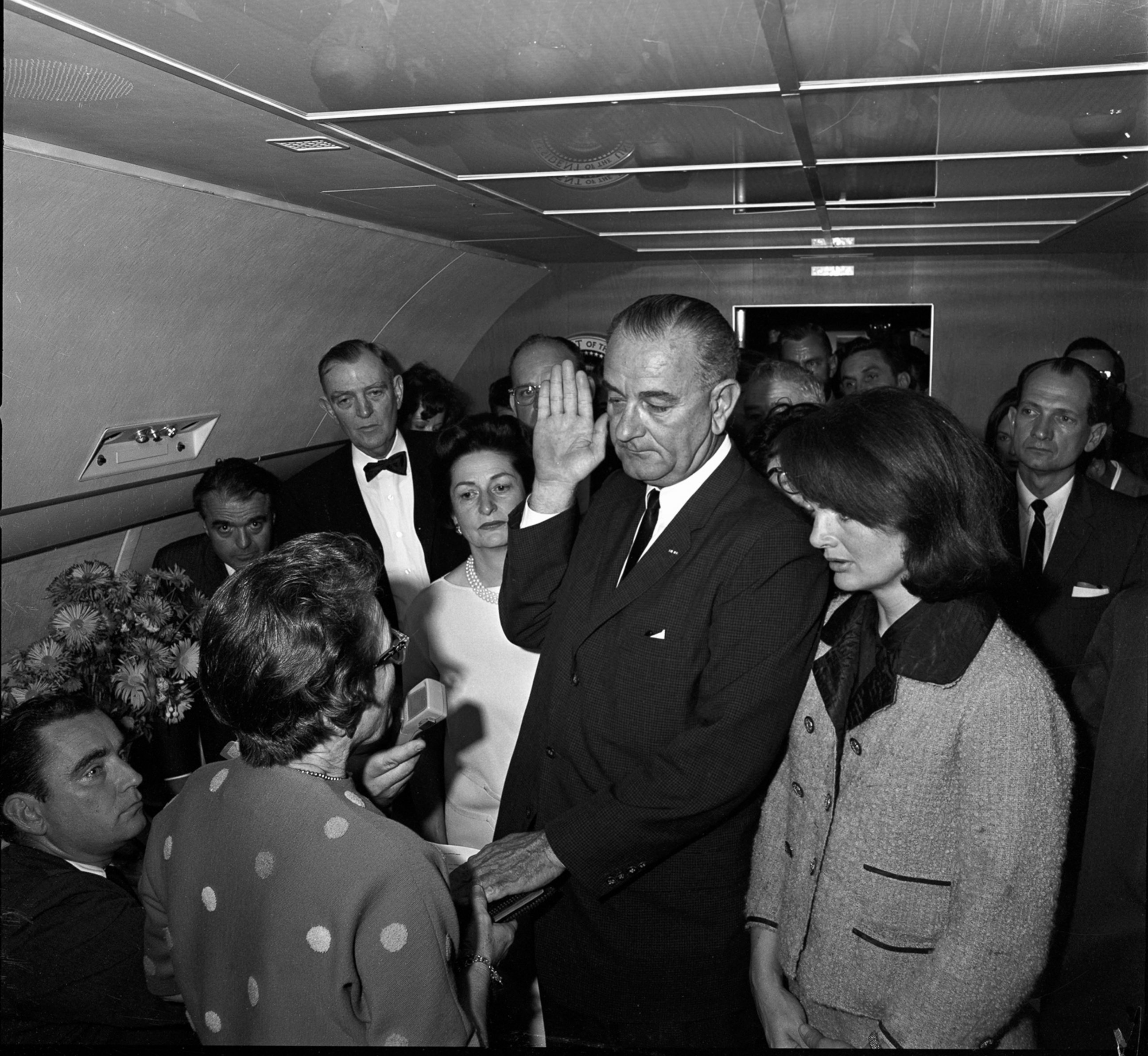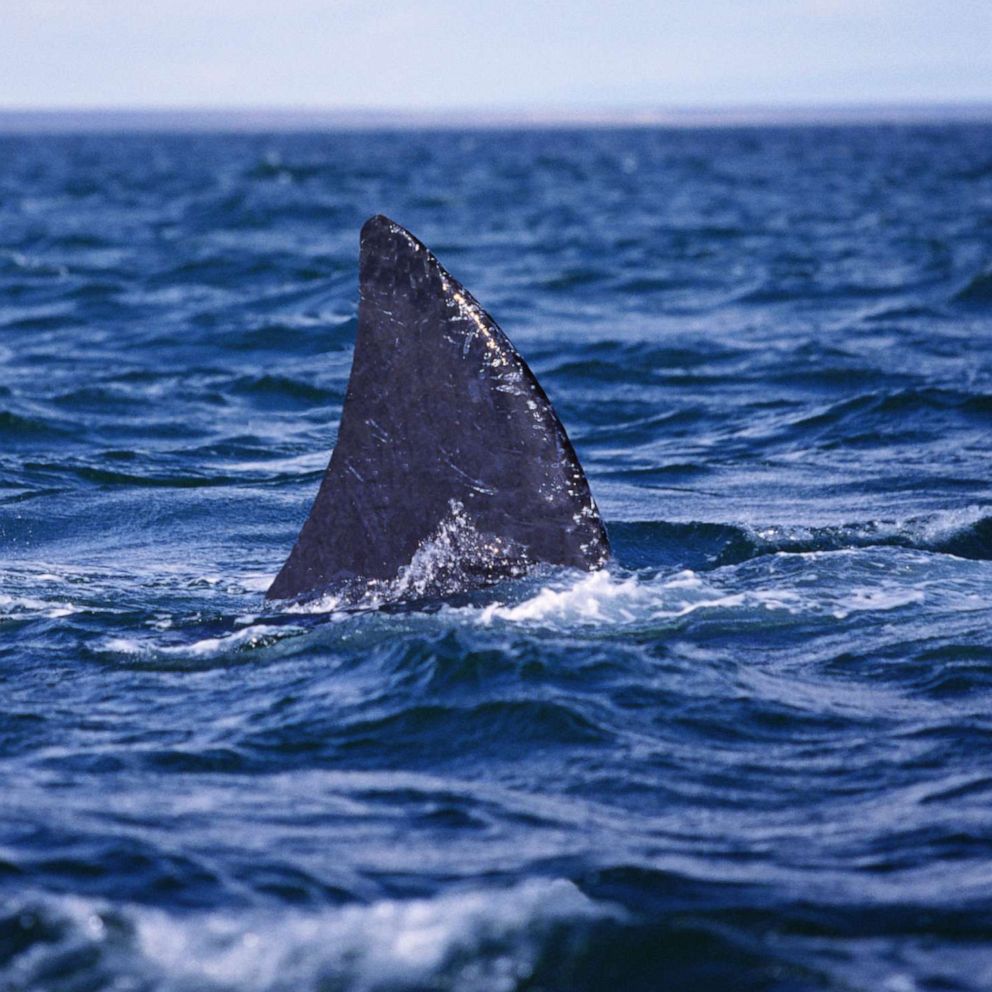The Protective Pool of Journalists Who Cover Presidents: What to Know
The pool travels wherever the president goes.
— -- Since winning the presidential election, Donald Trump has broken with tradition and traveled twice without his protective press pool, in one instance ditching the pool to dine at a Manhattan steakhouse.
A primer on why this made waves among members of the media and why it could be a concern for the rest of the public.
What Is a Protective Press Pool?

A protective press pool is a group of journalists that travels wherever the president goes, reporting on behalf of a broader group of reporters; it is a press corps that's always meant to be with the president, to protect the media from missing out on an unexpected major story, as its name suggests.
The pool typically includes two print reporters, one TV producer, one radio reporter, three wire service reporters, a video camera person and a few photographers. Journalists on pool duty report on a rotating basis, and they share their notes with other members of the wider pool. For example, a TV producer from ABC News who is in the pool for that day will send reporting and video to all five TV networks (ABC, CBS, NBC, CNN and Fox News).
During this election's primary season, only a handful of events on the campaign trail were pooled (retail stops at diners in New Hampshire, for instance). After the two major party nominees emerged, a protective pool was set up to ensure Americans would have reports on the campaign happenings of Donald Trump and Hillary Clinton.
Why It Was Created?
Because of space concerns or security reasons, not all reporters wishing to cover the president may always be able to do so. Also, covering the president at all times would be too costly for some news organizations.
According to the late White House reporter and author Helen Thomas in her book "Watchdogs of Democracy? The Waning Washington Press Corp and How It Has Failed the Public," the press pool was created under President Dwight Eisenhower by White House press secretary James Hagerty.
What is the point of the pool?

The protective pool has played a crucial role over the years. When John Kennedy was assassinated in 1963, members of the protective pool were able to quickly report on the situation. The protective pool witnessed the 1981 assassination attempt on Ronald Reagan. And on 9/11, the protective pool with George W. Bush was able to report on his reactions and the measures taken to keep him safe.




